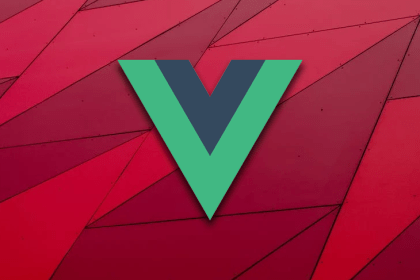
Understand how state management works, and when to use tools like Pinia and Vuex for your Vue applications.
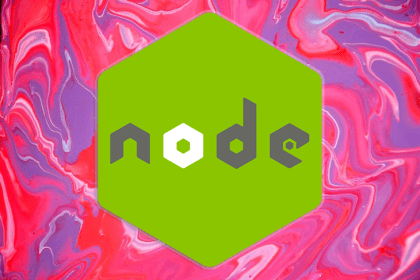
Explore the basics of buffer methods in Node.js, including Buffer.compare(), Buffer.concat(), and buf.entries(), and learn how they can improve your application.
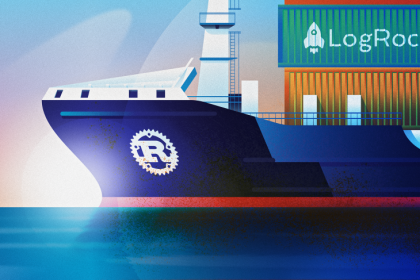
Cargo, Rust’s build system and package manager, is a frequently misunderstood tool that is necessary for publishing your project.
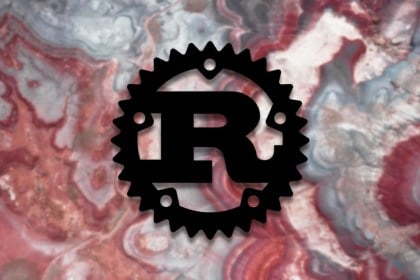
Learn how to utilize ownership, Rust’s unique memory allocation feature that guarantees memory safety even for large projects — no garbage collector required.
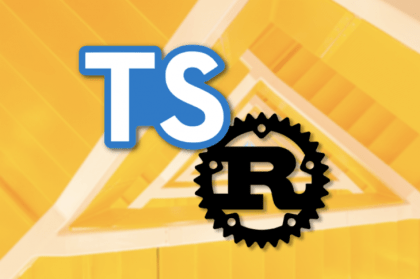
Avoid stress and complication when switching your application from one programming language to another by understanding dependencies, data types, and conditional statements in each.
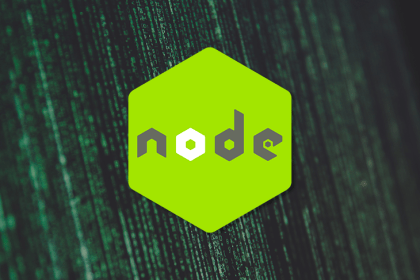
Learn how to use the Node.js crypto module to secure user data and review the basics of cryptography in Node.js.
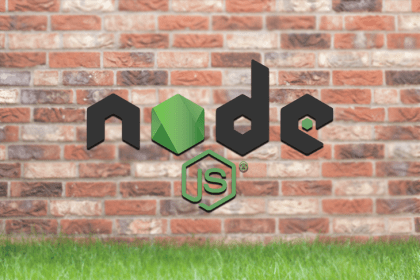
Here, you can learn how and why you may need to use Node.js assert modules in applications and the many types available to you.

Find out how to reuse components differently in different parts of your code according to user input with Vue slots.

As evidenced by the wide variety of production-ready cryptography tools and algorithms available, the state of crypto in Rust is quite strong.

Make sure your Vue app successfully passes a user acceptance test before shipping the final product to end users in this tutorial.
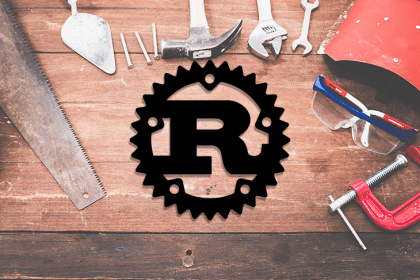
The right mix of utilities can help you take your Rust app to the next level. Here are 19 of the most popular web utilities for Rust.